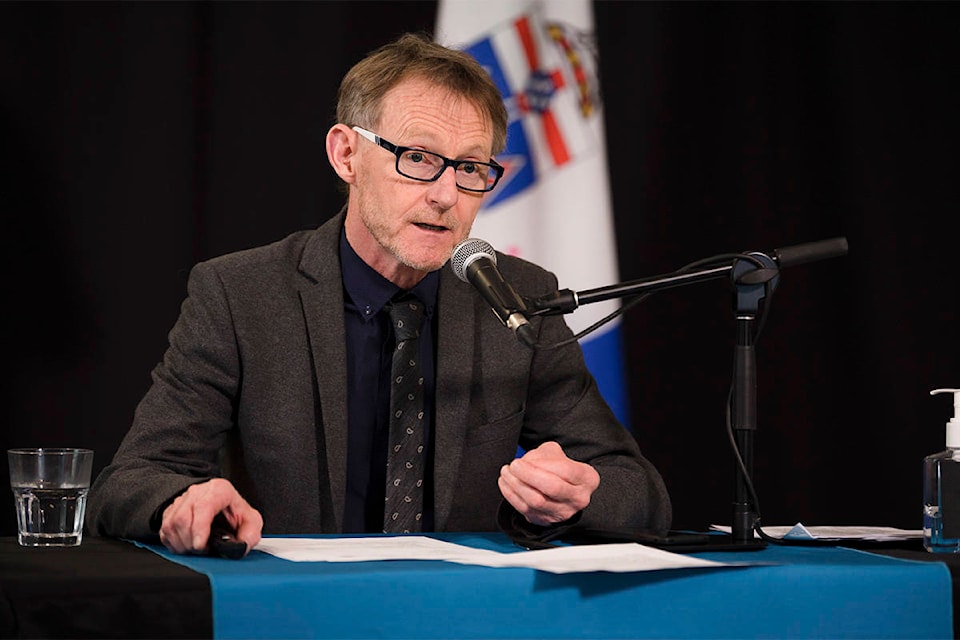The Yukon government held a technical briefing about its COVID-19 pandemic modelling systems on May 26.
Dr. Brendan Hanley, the chief medical officer of health, presented the models and answered questions from the media.
He said the models are mathematical tools used to help predict and track disease progression. These models are used to help guess what could have happened if the government had taken different actions.
The government used two types of models, compartmental and agent-based.
Compartmental models are also called SEIR (susceptible, exposed, infected, recovered) models.
They look at the population in four categories, listed above. This model operated under the assumption that the virus is in the community, is spreading and people stay in the same compartments.
Hanley said some of the provinces have used this model.
Agent-based models are more complex and need more computational power. This model focuses on the individual level and builds up, rather than focusing on the population. It aims to predict population effects based on individual behaviours.
The Yukon looked at three scenarios.
The first one covered what would happen if the government took no action. Based on the assumption one infected person would transmit it to approximately 2.4 people, the model estimated there would be 639 active cases and 1,946 cumulative cases 66 days into the pandemic.
This scenario assumed the first case would be in mid-March and predicted there would be 77 people in need of a hospital bed and 23 people in need of an intensive care bed.
“This is clearly enough to be more than what our health care system could contain,” Hanley said.
The second scenario looked at what could have happened if the government had issued public health measures two weeks after the first case was discovered.
Again, the assumption was that an infected person would transmit the virus to 2.4 people before the measures were enacted, and an average of 0.62 people 14 days after measures were implemented.
The findings were an estimated 67 cumulative cases, with 15 active cases around 29 days into the pandemic, and four active cases 66 days in.
“You can see even if we had a lag time between introduction and implementation of public health measure, it would have had a profound affect,” Hanley said.
The third scenario looked at implementing public health measures before the first case was discovered. This assumed that one person would infect an average of 0.62 people.
Because this scenario eliminated community spread and contained cases, these models cannot provide future numbers.
“If we are at less that one (case), we can extinguish the epidemic,” Hanley said.
Hanley said these models can be useful to help determine what should or should not be done when considering relaxing or increasing preventative measures. It shows possible consequences of relaxing restrictions, which in turn, he explained, should better educate decision-makers of the risks.
“I hope to be able to use modelling to help us balance COVID prevention with prevention of unintended consequences (of preventative measures),” Hanley said.
He said he feels the data has clearly shown that the territory’s actions are working.
Hanley said the territory will look at other predictive models. This includes the virus importation risk and what a resurgence of COVID-19 or the second wave would look like.
The next update will be on May 29 at 2 p.m. and will allow Yukoners to send in questions directly to both Hanley and Premier Sandy Silver. Questions can be submitted by email to covid19info@gov.yk.ca with “virtual town hall” in the subject line.
Contact Gord Fortin at gord.fortin@yukon-news.com
